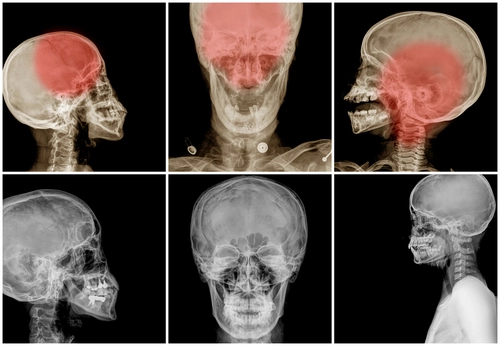Cardiology Coding Alert
Audit Program:
Apply Expert Advice to Build an Effective Audit Program for Your Practice
Published on Thu Oct 28, 2021

You’ve reached your limit of free articles. Already a subscriber? Log in.
Not a subscriber? Subscribe today to continue reading this article. Plus, you’ll get:
- Simple explanations of current healthcare regulations and payer programs
- Real-world reporting scenarios solved by our expert coders
- Industry news, such as MAC and RAC activities, the OIG Work Plan, and CERT reports
- Instant access to every article ever published in Revenue Cycle Insider
- 6 annual AAPC-approved CEUs
- The latest updates for CPT®, ICD-10-CM, HCPCS Level II, NCCI edits, modifiers, compliance, technology, practice management, and more
Related Articles
Other Articles in this issue of
Cardiology Coding Alert
- Mythbuster:
Bust 5 Cardiac Stress Test Myths for Cleaner Claims in your Cardiology Practice
Hint: You can only report code 93015 in a nonfacility setting. Cardiac stress test claims [...] - Tips:
Follow These Handy Tips to Perfect Your Myocardial Infarction Reporting
Remember: If type 1 NSTEMI evolves to STEMI, report the appropriate STEMI code. When you [...] - Audit Program:
Apply Expert Advice to Build an Effective Audit Program for Your Practice
Hint: Use professional resources to establish program protocols. During the 2021 RISKCON session, “Effective Audit [...] - You Be the Coder:
Navigate This EP Study Claim With Confidence
Question: My cardiologist performed a comprehensive electrophysiologic study (EPS). He placed several sheaths for vascular [...] - Reader Questions:
Understand HIPAA in Regard to Employee COVID-19 Testing
Question: Can employers request employee lab test results for COVID-19 testing or does HIPAA preclude [...] - Reader Questions:
Discover How to Code This E/M Service
Question: Our provider performed an office evaluation and management (E/M) service for a new patient. [...] - Reader Questions:
Be on Lookout for New Echo Code in 2022
Question: Should we expect to see a new echocardiographic code in 2022? Montana Subscriber Answer: [...]
View All




